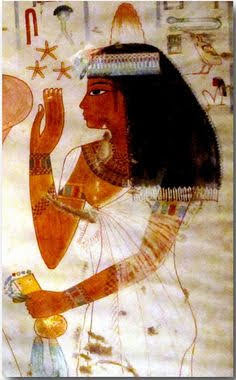Parvati, also Uma: Goddess of Femininity in Hinduism.
Parvati is the Maiden element of the Triple Goddess, constituting the triad with Durga and Kali Ma.
She embodies the beauty of femininity.
Parvati is a skilled and patient seductress who uses her
beauty, charm, and intellect to manipulate Shiva into teaching her the
mysteries of the universe.
Artists, dancers, and poets are all patronized by her.
Parvati is frequently shown as a lovely young lady clad in
green, and her name signifies "She Who Is of the Mountains."
















